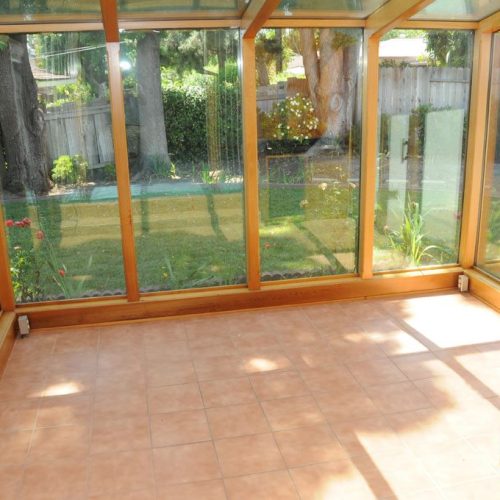Hard water is a water supply that has a relatively high concentration of dissolved minerals, particularly calcium and magnesium. This is harmful in many ways, and for this reason, people seek out and install water softeners in an effort to de-escalate (lessen) the concentration of these harmful minerals. Here is everything you need to know about water softeners.

The Essential Parts of A Water Softener
Before installing a water softener, you must know the parts that are involved in its function. Here they are:
Drain line discharge
If you choose to install a water softener, you will have to think about how the dirty water from your drain line is going to be properly discharged. There are two ways to do this: through a disposal tank or by connecting it directly to an existing sewer line. If you choose the former option, keep in mind that there is an additional cost involved as well as possible unpleasant odors if not installed and maintained properly. Be sure that the water softener discharge drains into a place that can handle all of that gunk before making your choice. Otherwise, it’ll be a headache for everyone involved later on down the road.
The brine tank
The brine tank is where salt is held during the regeneration process. It is not necessarily required to have one, but it’s highly recommended for salt-based systems. Salt should only be added when needed because overloading your system can cause damage or other unforeseen complications. You should always keep an eye on the salt level while operating your system.
The resin tank
Salt-free systems typically don’t require this part because there’s no need for regeneration; however, traditional ion-exchange softeners do use them, and they’re crucial to the function of the system as a whole. In salt-based systems, the resin tank is where ions are exchanged for ones that are more beneficial to human consumption. There will always be a slight amount of water left behind because it’s impossible to remove all of the minerals from the water.
The control valve
The control valve is used during the regeneration process to recirculate a brine solution through a resin bed in order to replace ions that have been lost as a result of ion exchange. This part should not be confused with a bypass line, which is used during service or maintenance and does not have any effect on the system while being operated normally.
The Types
There are two main types of water softeners:
Salt-based [ion exchange] Softeners
In a salt-based water softener, pressurized ion exchangers replace undesirable hard ions with sodium or potassium ones. In other words, hard calcium is replaced with nice potassium. Potassium is not necessarily bad either; however, it can cause health issues if you have too much of it present in your drinking water. After the original ions have been eliminated by a salt-based system, a brine solution must be recirculated through the resin bed using a control valve to replenish lost ions. This process is known as regeneration and requires a certain amount of electricity. It also requires salt, which is replenished every so often for companies that have automatic delivery services or you can buy your own bucket of salt to throw into the brine tank yourself.
Salt-free Softeners
In a salt-free water softener, calcium and magnesium ions are exchanged with hydrogen ions in an ion exchange resin bed. In this system [similarly to the one discussed previously], there exists a control valve used for regeneration. Because there is no need for salt, these types of softeners are often much more efficient than their traditional counterparts. They also require less maintenance and space because there is no brine tank.
The Flow Rate
The flow rate is, of course, the amount of water that passes through your system per minute. The size of the tank you choose should be proportional to this information because a larger tank will have a higher capacity. However, keep in mind that if you have a small flow rate and a large tank, it’ll make regeneration take much longer due to the fact that less water is passing through with each cycle.
The Pros
There are many benefits to owning a water softener, including:
- The feeling of satisfaction knowing that you have a healthy supply of water readily available at a moment’s notice
- A pleasant sensation on the skin after showering or bathing
- Softened clothes – your shirts will look brighter and last longer
- Dishes come out cleaner – they’ll just feel cleaner
- Healthier hair

Water softeners are wonderful ways to remove the harmful minerals in your water, but you must always take care not to overload your system, or else it will cause damage. Follow these tips and you’ll be on your way to a healthy supply of great-tasting water with all of its other beneficial effects.
- About the Author
- Latest Posts
Whether she is researching the latest trends in home decor, life-changing destination getaways, or the best way to maintain your finances, Dewey takes pride in leaving no stone unturned. She is passionate about distilling and delivering high-quality information that you can use to upgrade your life.




